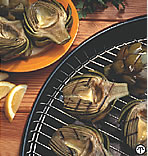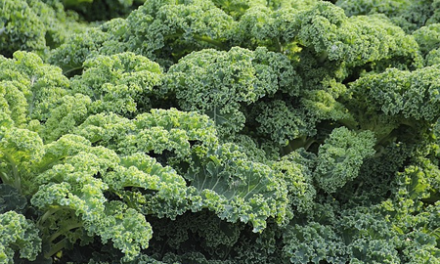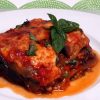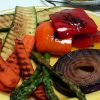Orange juice sales in the last 10 to 15 years have seen a major shift from frozen concentrate to ready-to-drink forms. Although we might assume that all orange juice is the same nutritionally, new research shows that ready-to-drink versions contain about 30 percent less of the biologically active form of vitamin C than juice made from frozen concentrate. Since vitamin C content gradually decreases, time in storage before and after purchase also make a critical difference.
When most people think of vitamin C, they probably think of oranges or orange juice. In fact, studies show that for many Americans, orange juice is one of their only good sources of vitamin C.
Actual vitamin C content of orange juice, however, varies with the variety and maturity of the oranges used, and processing and storage have major effects as well. Some cases of death or serious illness have occurred due to contaminated fresh juice, so most ready-to-drink juice is now pasteurized. (Frozen concentrate does not need to be pasteurized since freezing destroys dangerous bacteria.) If a fresh juice is not pasteurized, the Food and Drug Administration requires a clear label warning. But while helpful for food safety, pasteurizing reduces a juice's vitamin C content about 25 percent compared to that made from frozen concentrate.
A new study in the Journal of the American Dietetic Association examines differences in vitamin C content of orange juice purchased in different forms, and how content is affected by storage time. Juice freshly made from frozen concentrate is clearly the form highest in both total vitamin C and the biologically active form of the vitamin (86 milligrams per cup). The next best source of C in its active form (65 mg per cup) is ready-to-drink orange juice made from reconstituted frozen concentrate and sold in resealable wax cartons. Close to that in active C is the ready-to-drink pasteurized juice in screw-top plastic containers, which contains 54 mg per cup. Ready-to-drink pasteurized juice in nonresealable wax cartons is considerably lower in active C than other forms of juice, with 27 mg per cup.
Regardless of what is listed on a food label, the vitamin C originally present degrades as time passes to a less biologically active form. This study's analysis shows that while the total vitamin C content of each of these juices was not tremendously different, the ready-to-drink versions clearly had more of the vitamin oxidized to a less active form.
This study also identifies the importance of storage time. Regardless of the type of orange juice, the content of active vitamin C decreases about two percent per day after opening. Since juice from frozen concentrate starts off highest in active C, after four weeks it's still the highest, although at only about half of its original level.
Some studies suggest that 20 to 30 percent of Americans get enough vitamin C to avoid a deficiency disease but in amounts low enough to increase their risk of cancer and heart disease. The American Institute for Cancer Research strongly recommends five to ten servings of fruits and vegetables daily to reach the levels of vitamin C and the other vitamins and phytochemicals that promote health. Nutrition experts encourage eating at least one serving a day of a fruit or vegetable that is a good source of vitamin C.
For the orange juice highest in vitamin C content, choose a frozen concentrate that is reconstituted with water at home. If you prefer a ready-to-drink product, buy juice that is three to four weeks from its expiration date, and choose a container size that you will use up within one week of opening.
0
AICR







